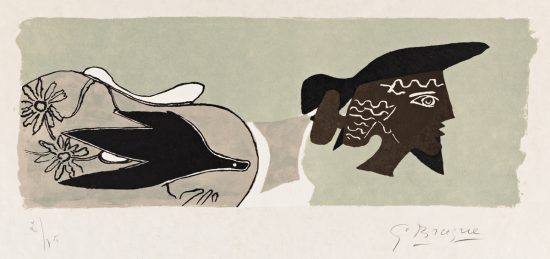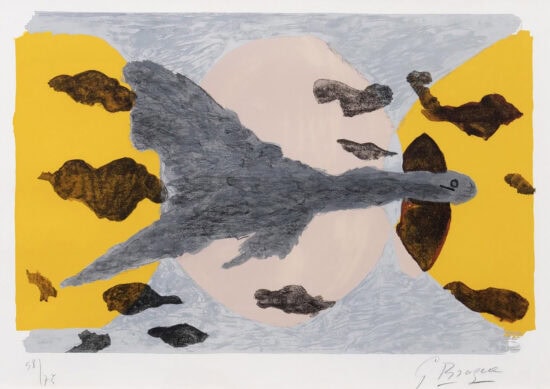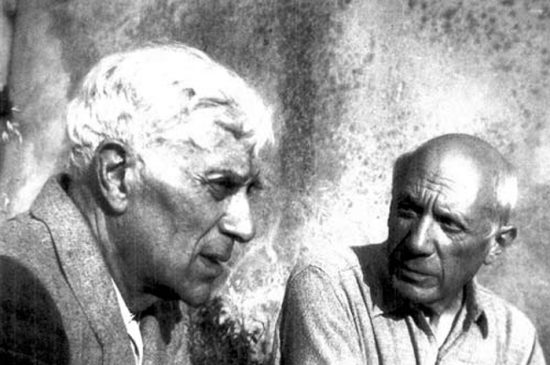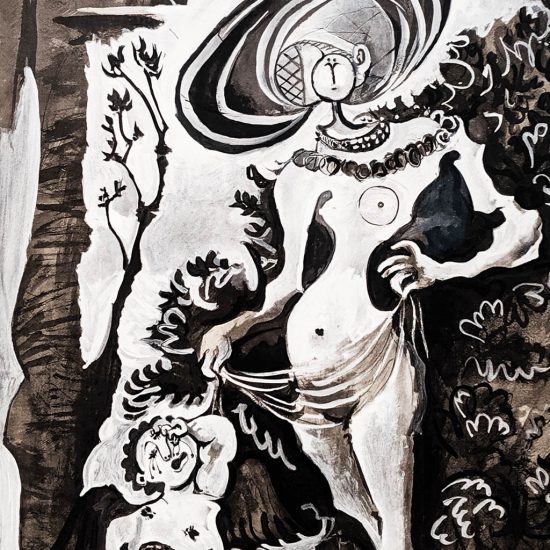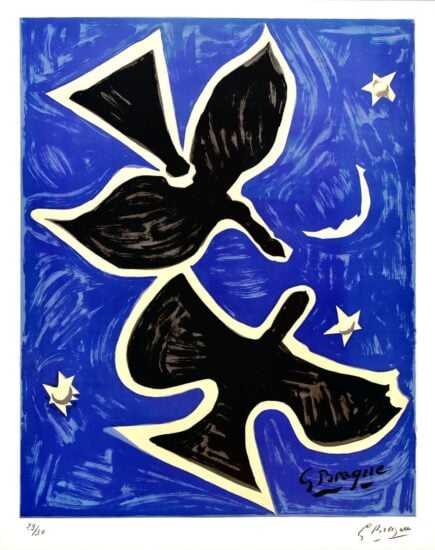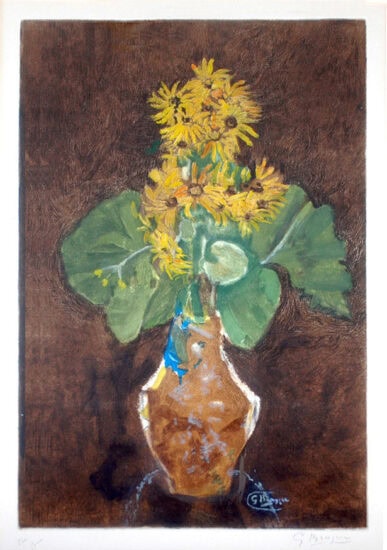For Georges Braque, Still Life's were the purest expression of his artistic vision — a place where form, color, and thought could exist in perfect harmony. While early in his career he was drawn to Fauvism’s bold color, his collaboration with Pablo Picasso led him to co-found Cubism, and the still life became his central subject for exploring how we see and understand reality.
Braque found beauty in the quiet rhythm of ordinary things — a guitar, a fruit bowl, a pipe, a book. These simple objects allowed him to study structure and space, breaking them into geometric planes to capture not just appearance, but essence. Over time, his still lifes evolved from the analytic precision of Cubism to serene, lyrical compositions marked by texture and balance.
For Braque, the still life symbolized contemplation and permanence — a meditation on art, music, and the passage of time. His masterpieces, such as Violin and Candlestick (Centre Pompidou, Paris), Bottle and Fishes (MoMA, New York), and Still Life on a Table (Art Institute of Chicago), reveal his lifelong quest to find the infinite within the everyday.

